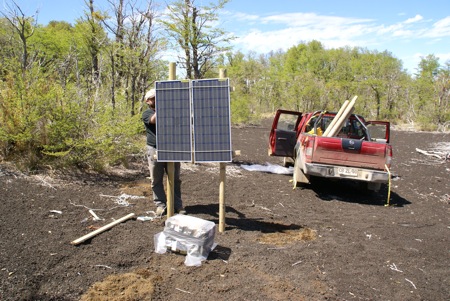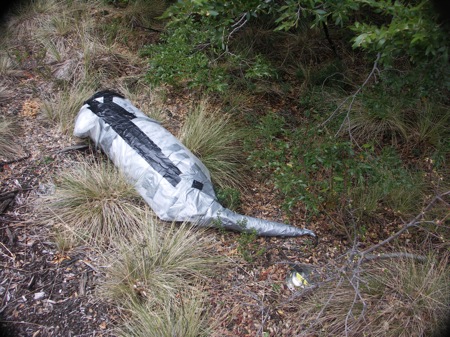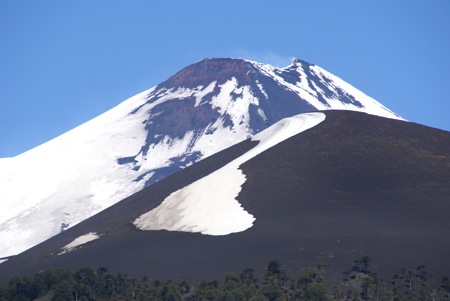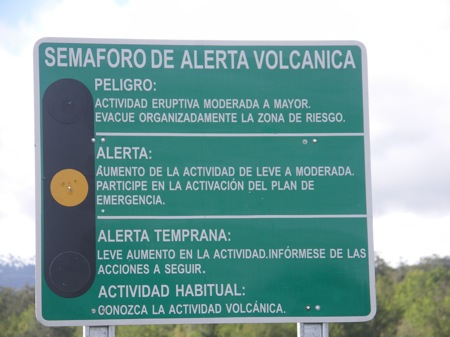 Asset Publisher Asset Publisher
« Back
A2 Field Campaign in November-December 2009 in Chile and ArgentinaIn November 2009, deinstallation of the appr. 60 seismometers installed in Southern Chile/Argentina by A2 began. Most stations were still working fine when the teams arrived for deinstallation. There was hardly any damage, just a few power failures due to bad weather conditions (insufficient solar panel voltage and/or wet electronics boxes). All stations were taken to Buenos Aires and Santiago, respectively, to be sent back to Germany. Most of the seismometers had been installed either on private property or in the Villarrica national park, so several short talks were given at the local schools and at the National Park Administration in a way to allow the land-owners and national park rangers to participate in the studies. Picture 1
Yvonne Dzierma is giving a talk at the escuela particular Voipir Seco. A seismometer was installed on the property of the school teacher during 2008-2009. Picture 2
The long, long road to Buenos Aires..... Picture 3 El Niño caused very cold and wet weather conditions, which meant deeper snow cover on the volcanoes than usually in this season. Therefore, it was impossible to access one station site where an OBS (ocean-bottom-seismometer) had been installed high up the flank of Quetrupellán. This station will be retrieved in April. After deinstallation was completed, several seismometers were installed close to the very active volcanoes Villarrica and Llaima (5 seismometers each). These are two of the most active volcanoes of the southern volcanic zone, which will be monitores seismically for 1½ years in collaboration with the Observatorio Volcanológico de los Andes del Sur (OVDAS).
Llaima volcano Picture 4 Different kinds of seismometers were placed on the volcanos: short-period seismometers (Mark), broad-band stations (Güralp) and ocean-bottom-stations (Owen 4.5 Hz – used where deep snow cover was expected).
Villarica volcano Picture 5 Claudia Siegmund is scouting on the Llaima volcano ash-flow field – while looking for a good place for seismometer installation.
Picture 6
Yvonne Dzierma is digging a hole for seismometer installation on Villarrica volcano. The short-period and broad-band sensors are placed in holes of about ½ m depth, for ambient noise reduction. Picture 7
Martin Thorwart placed a Güralp-sensor in the hole, on Llaima volcano. Pictures 8 and 9
OBS station on Llaima volcano. Picture 10
pressure tube with recorder and batteries sensor From 14 November till the beginning of December, steam-and-gas plumes from the crater and the E flank were observed by OVDAS (see also foto). Shortly after the installation of the seismometers on Llaima volcano, the volcano entered a phase of increased activity, with low-frequency earthquakes and fumarolic activity, resulting in the rise of volcanic alert level to yellow. We are therefore hoping we will see interesting data recorded on the Llaima seismometers. Picture 11
Crater of Llaima volcano seen at the end of November, 2009. Picture 12
volcanic alert level at Llaima, December 2009 Yvonne Dzierma & Martin Thorwart contact: ydzierma@geophysik.uni-kiel.de
|
 Events Events
Kieler Wissenschaftler fühlen den 'Puls der Erde' Wie funktioniert die Recyclingmaschine der Erde?Nach elf Jahren endet der Kieler Sonderforschungsbereich 574 zu Subduktionszonen Final colloquium of SFB 574 Teilprojekt ÖffentlichkeitsarbeitMEERESFORSCHUNG FÜR MICH UND DICH |
|
©SFB574 // Wischhofstrasse 1-3 // D-24148 Kiel // T. +49 (0)431 600 1413 // elange [AT] geomar.de






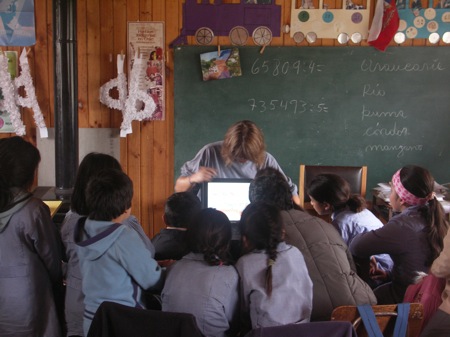
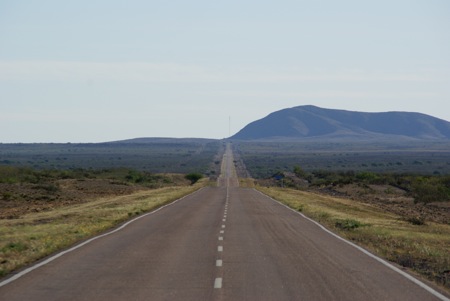
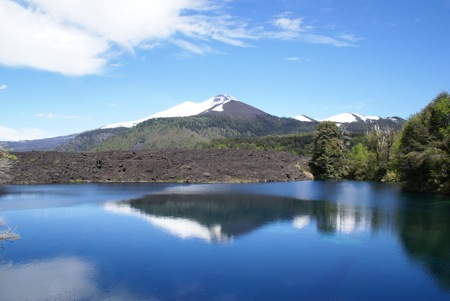
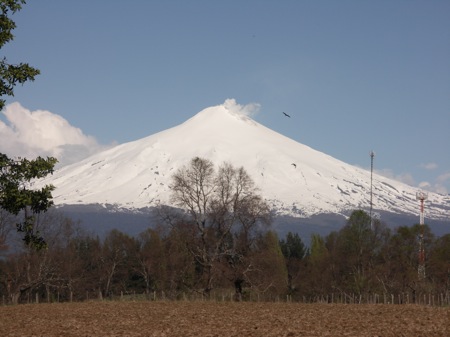
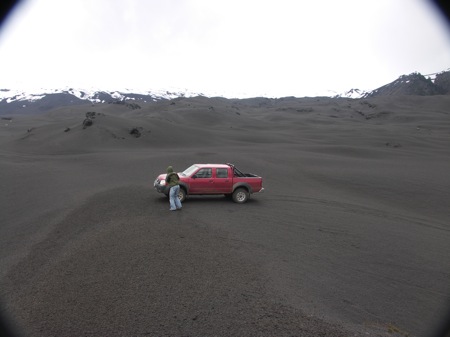
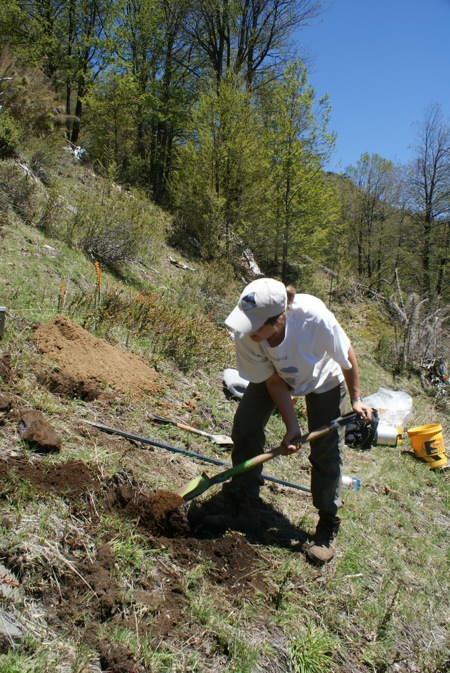
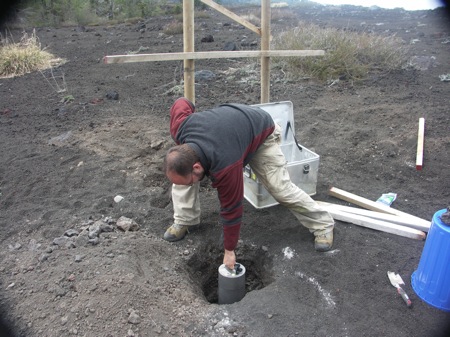
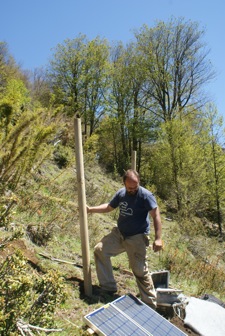 For the short-period and broad-band stations, power supply is achieved by solar pannels. In regions with about 1m snow coverage in winter, the pannels are installed above the ground, and facing approx. northwards.
For the short-period and broad-band stations, power supply is achieved by solar pannels. In regions with about 1m snow coverage in winter, the pannels are installed above the ground, and facing approx. northwards.